As responsible travelers evolve, so do the stories we share.
This article is part of our living archive — trusted content we continue to care for.
First published on February 5, 2020 • Last updated on October 12, 2021.
Tourists arriving to Ecuador via Quito often want to visit Cotopaxi National Park. After all, this stunning nature reserve is a mere 35 kilometers outside of the capital city. However, it’s a tough place to get to if you don’t own your own vehicle. Read on to learn a little more about the ins and outs of visiting Cotopaxi!
Cotopaxi’s Entrance Points
Cotopaxi National Park has two entrance, one in the north and another further south. If you plan on renting a car and driving yourself, this information is very important to understand. These two entrance points are not created equal!
Main Entrance to Cotopaxi National Park
North Entrance To Cotopaxi National Park
The Main Entrance Point
The main entrance point lies to the south of the national park. It is readily signed from the main highway, E-35, just before Latacunga. The road up to and just past the main entrance is paved, easy to drive, and difficult to lose. For almost every visitor, it will be the best way to enter the park! Almost every group tour and tour agency will utilize this entrance as well.
Park entrances in Ecuador work differently than in the United States. You do not drive up to the gate to pay and enter. Instead, be prepared to park your car in the main parking lot. Next, take your passport number up to the park ranger’s desk at the main gate protecting the road in. You will be asked to register. They rarely ask to see your actual passport so a memorized passport number will work fine. Entrance is free.
The North Entrance Point
Although the logistics of entering via the north entrance will be the same as at the main, all similarities stop there. The north entrance is located at the end of a long dirt and cobblestone road. During the rainy season, ruts become quite deep, necessitating a 4-wheel-drive vehicle in the worst weather.
The north entrance is accessible via Machachi or the Selva Alegre neighborhood in Sangolqui. We find the route via Machachi to be the easiest of the two. It is slightly shorter, more direct with fewer wrong turns to take, and well maintained. This is partly because of two very popular tourist haciendas that lie along the route: Los Mortiños and Hacienda Porvenir.
One last note, the north entrance is one of the few places where it is possible to take a picture of a Cotopaxi National Park sign with the actual mountain in the background!
The north entrance of Cotopaxi National Park reminds us of Alaska – dirt/gravel roads, tundra-like rolling hills, and rusted out entrance signs.
Weather at Cotopaxi National Park
As Ecuadorians are fond of saying about the Sierra, it’s possible to experience 4 seasons in a single day. Therefore, we highly recommend arriving prepared for any kind of weather. Bring warm layers for cold winds, rain layers for mist and rain, and sturdy hiking boots if you plan to hit the trails. Warm gloves and winter hat are a good idea. However, a sunhat might provide better protection from the Equatorial sun if it decides to shine. Either way, wear your sunscreen to be extra safe!
Layers and layers of clouds prevent us from seeing the top of Cotopaxi. Yet people are still choosing to hike to the Refugio.
Weather is constantly changing around Cotopaxi. So many high mountains make it very difficult to predict weather conditions from day-to-day. In fact, I can remember one morning when we had bundled up in our car to head out on a day trip somewhere to the north of Quito. We drove out on to the main highway only to see Cotopaxi in full splendor. We immediately changed our plans and headed to Cotopaxi National Park. When arrived an hour and a half later, the mountain had disappeared behind a thick layer of dancing clouds.
Funny enough, we have also experienced the opposite. We’ve arrived in cloudy conditions only to have the winds pick up and move the clouds away! In other words, it’s a constantly shifting scene.
Fast moving clouds threaten to engulf us for the third or fourth time that day.
Best Bet For Seeing the Volcano
Your best bet to see the mountain is either early in the morning or mid-to-late in the afternoon. Furthermore, the volcano generally clears on its north side first. We have had good luck arriving in the morning via the main entrance, hiking and enjoying the park, then leaving via the north entrance in the afternoon, just as the clouds begin to clear again. The downside: you need to leave the park with plenty of daylight hours left to get home!
Some of you may not want to hear the next tip. It’s even easier to see the mountain in the dry months, usually August through about November. Strong winds scour the sky clean of clouds. It can make for spectacular vistas! However, don’t make the mistake that sunny skies mean warm weather. On the slopes, especially in the strong wind, it can still be near freezing. Down in the valley, the winds have less of an impact and you might be lucky enough to wear shirtsleeves or a light fleece jacket.
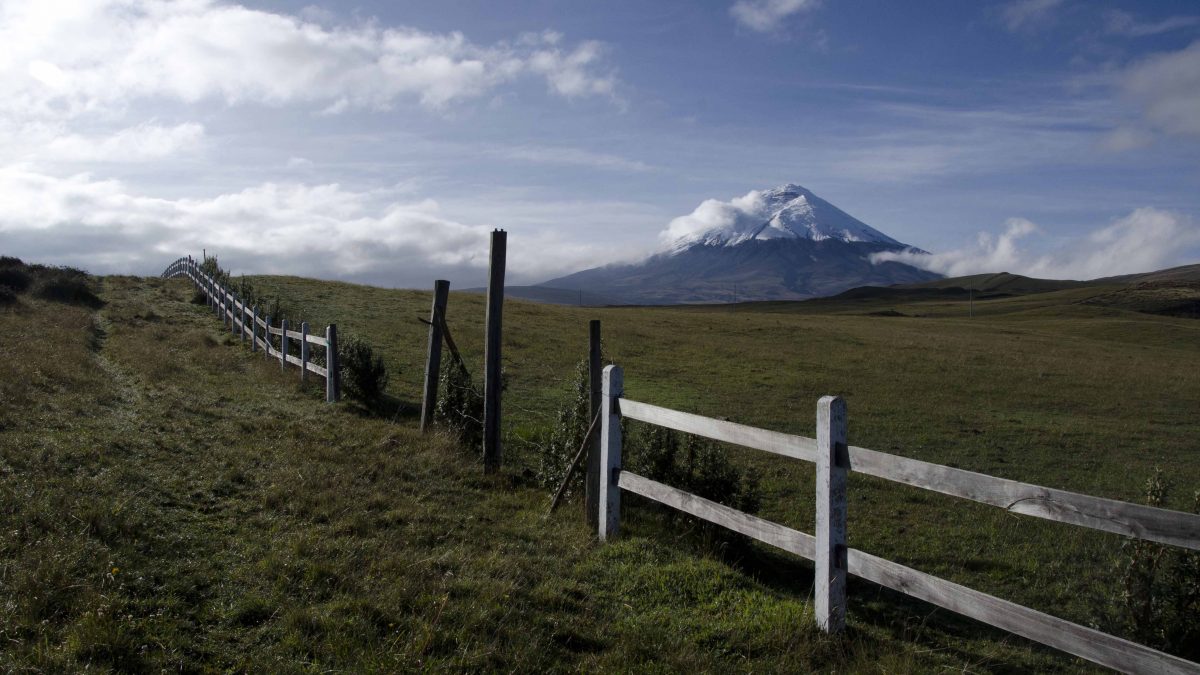
Not many haciendas offer actual views of the Cotopaxi Volcano. Los Mortiños is lucky to be one of them!
Things To Do At Cotopaxi National Park
Sightseeing at Cotopaxi National Park is wonderful. If all you do is arrive by car and take in the sights, you will see a lot! Wild horses roam the paramo, hummingbirds flit among the orange flowered chuquiragua, and clouds dance around the volcano itself.
If you are headed to the park with a travel agency, you will be offered a chance to ride a mountain bike in the park. Be warned, you’ll share the road with cars and buses. There are no bike-only trails at this point in time. For that reason, we recommend planning trips that include either hiking or horseback riding.
We recommend you check out our articles on these other activities:
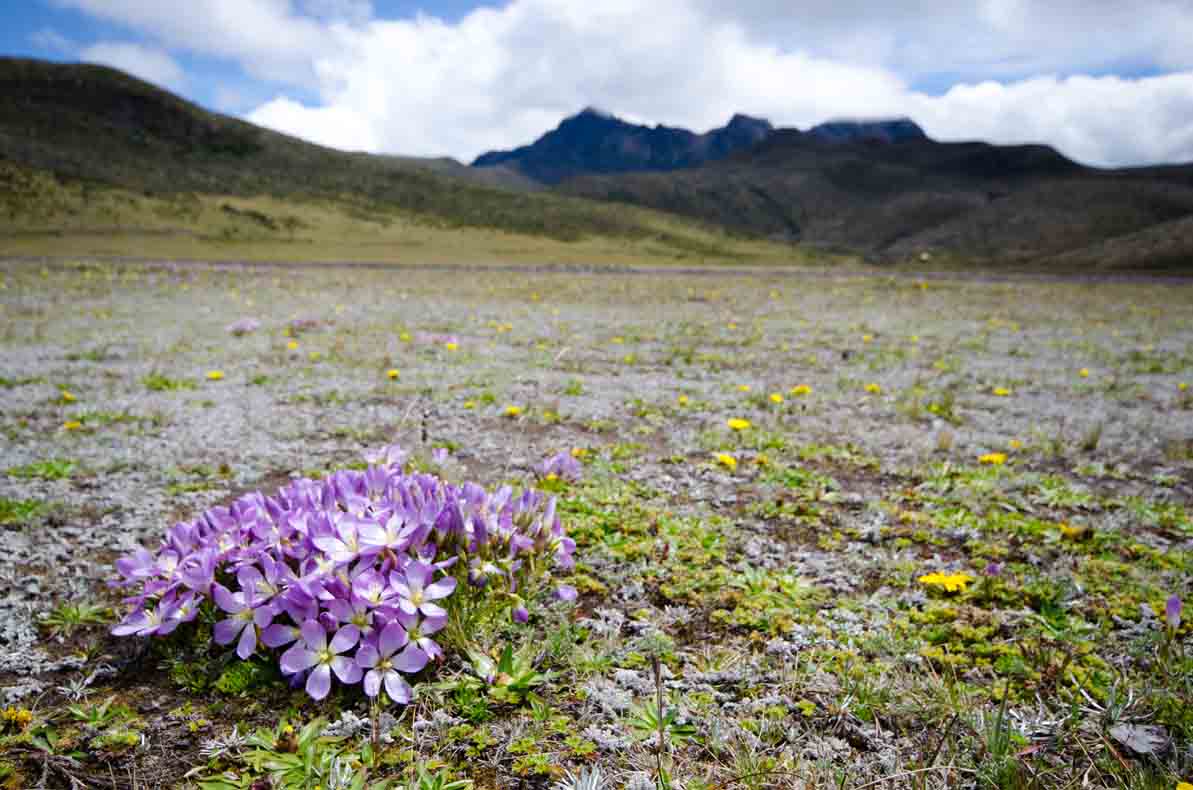
Parts of the park may seem barren at first glance. Make sure to take a closer look.
Where To Eat At Cotopaxi National Park
Unlike national parks in the United States, Ecuadorian parks rarely have food concessions. Furthermore, even if they do, it’s a good idea to bring along at least a snack and drinking water just in case they are unexpectedly closed or run out of food. We’ve experienced both. That said, there are four places to buy food in Cotopaxi National Park.
First, the main entrance point has a small cafeteria where you can purchase light meals.
Second, after driving about 9 kilometers into the park from the main entrance, there is a small visitor’s center on the right-hand-side. A very small cafe offers light meals including one of the best potato soups I have ever tasted. If we can plan our day to include a warm bowl of delicious Locro de Papas, we stop here!
Third, the Refugio now offers food and drink. The amount they will have on any given day is largely determined by the number of visitors they expect. If you plan to rely on food at the Refugio, I would ask at the main entrance gate if the kitchen plans on being open. Agencies and tour guides often make reservations for their groups.
Lastly, Tambopaxi offers full-service meals. This small lodge offers the only restaurant in Cotopaxi National Park. It is expensive in comparison to other restaurants in the Sierra. Expect to pay about $15 for a lunch that will include soup, a choice of two proteins, rice, salad, and juice of the day.
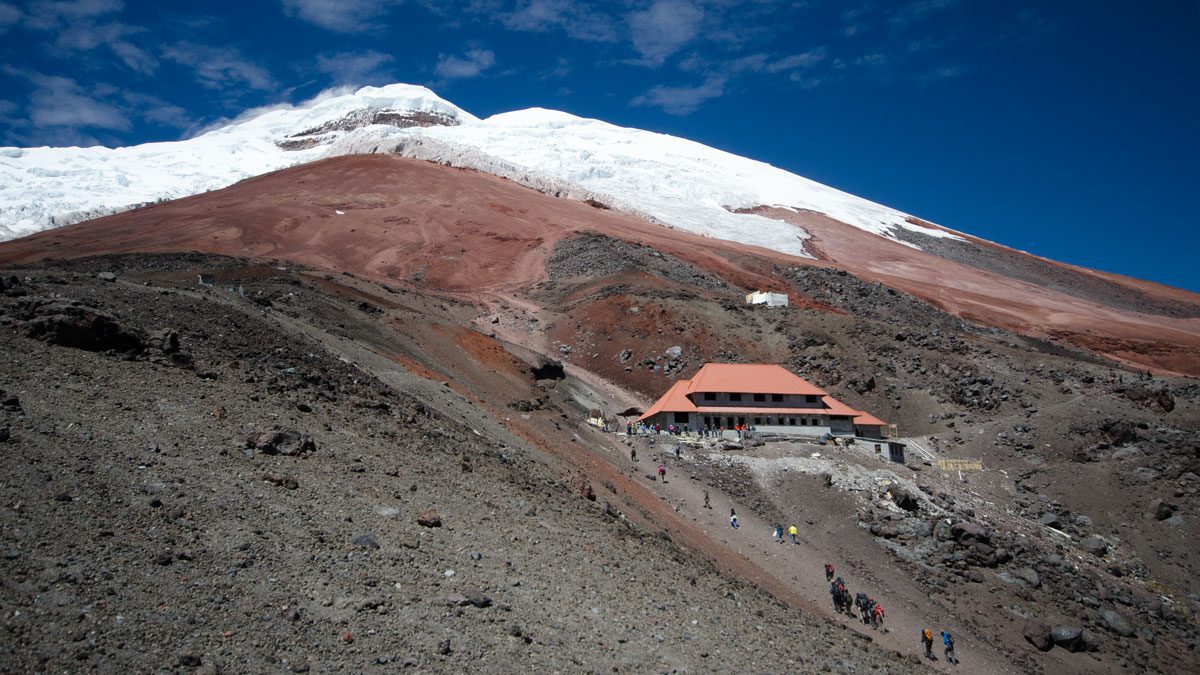
If you plan on hiking to the Refugio, use the rarely used switchback trail. It will save you time and energy even though it is a slightly longer distance.
Where To Stay at Cotopaxi National Park
Despite being a national park, Cotopaxi is not well-known for its camping facilities. While it is possible to camp, few people tend to do so. For more information, I recommend reading this post from Wanderbus.
The only other realistic location that is on the park grounds is Tambopaxi. There is the lesser-known and exclusive Hacienda Yanayurco. Located on paths that can barely be called dirt roads, it is only accessible by 4-wheel-drive vehicles. And that is in ALL weather. In fact, if you would like to stay at this destination, please make arrangements with an agency that will also provide a guide and vehicle (or ask for a recommendation).
Otherwise, all lodges are located outside of the park gates. Two of the closest we mentioned previously in this article, Haciendas Los Mortiños and Porvenir. But there are others! If you’re unsure which would be the best fit for your trip, reach out!


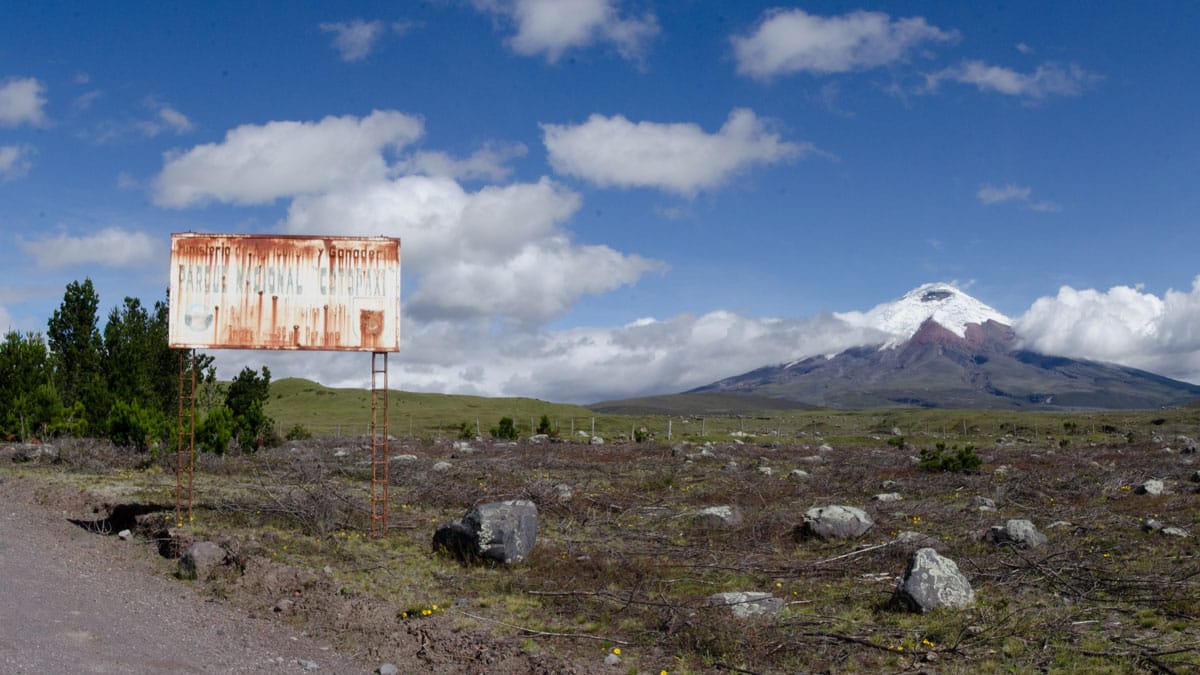
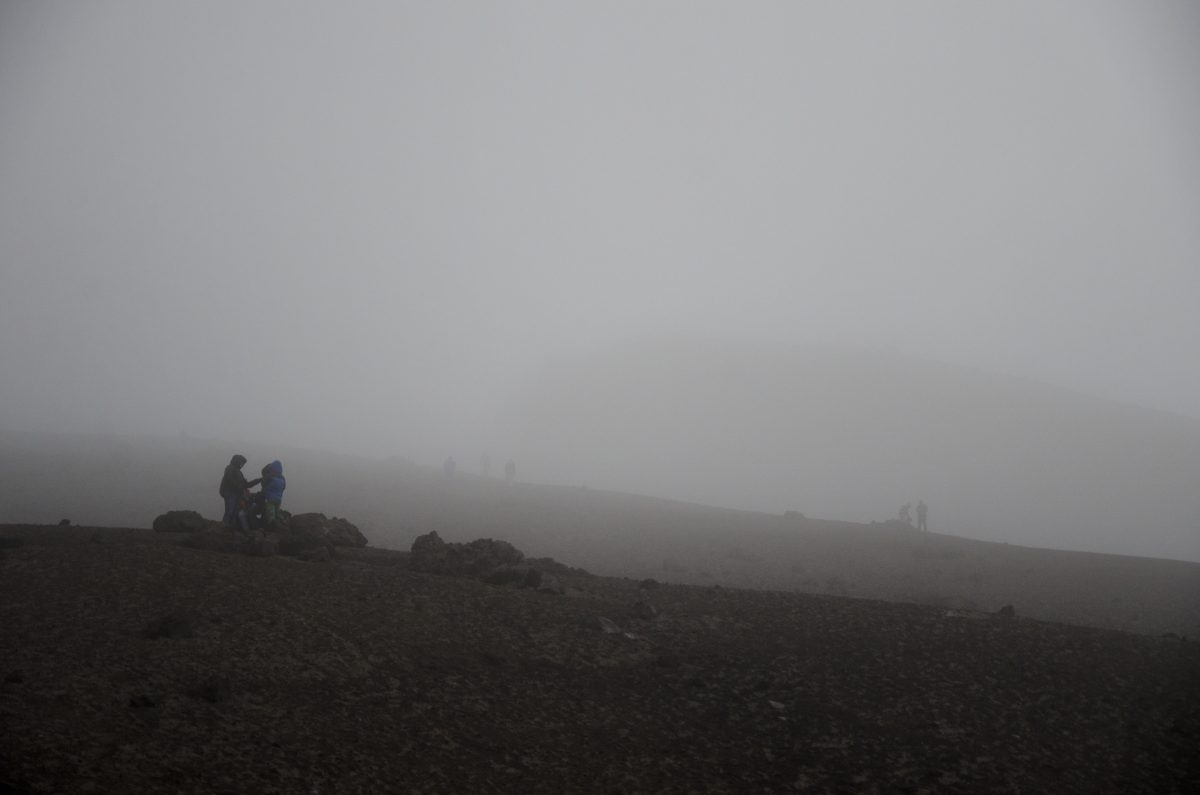

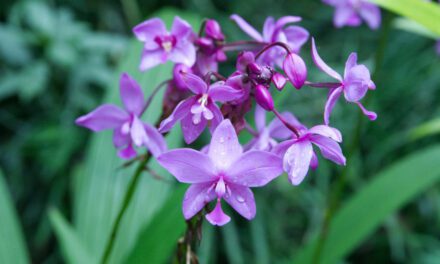


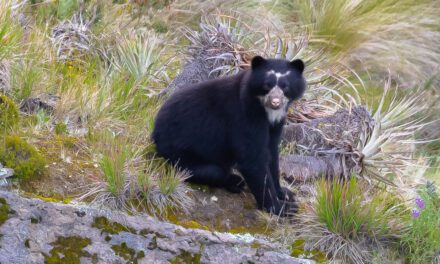

















We enjoyed our Cotopaxi visit in very similar March weather, except we got rajned on
We actually experienced a little rain but no pictures. I like to keep my camera dry! But I am so glad we went in winter. I’m looking forward to going back when the skies are generally clearer in hopes of getting some great shots of the mountain.
Now I know 10 things and saw a place I never would have known existed. Great pictures! Thanks Angie!
You are very welcome, Linda! Hope you come back and read more!
creepy sign haha.
It is a little… but I remember seeing stuff like this in other harsh environments. It looks ancient but is probably no where near as old as we think.